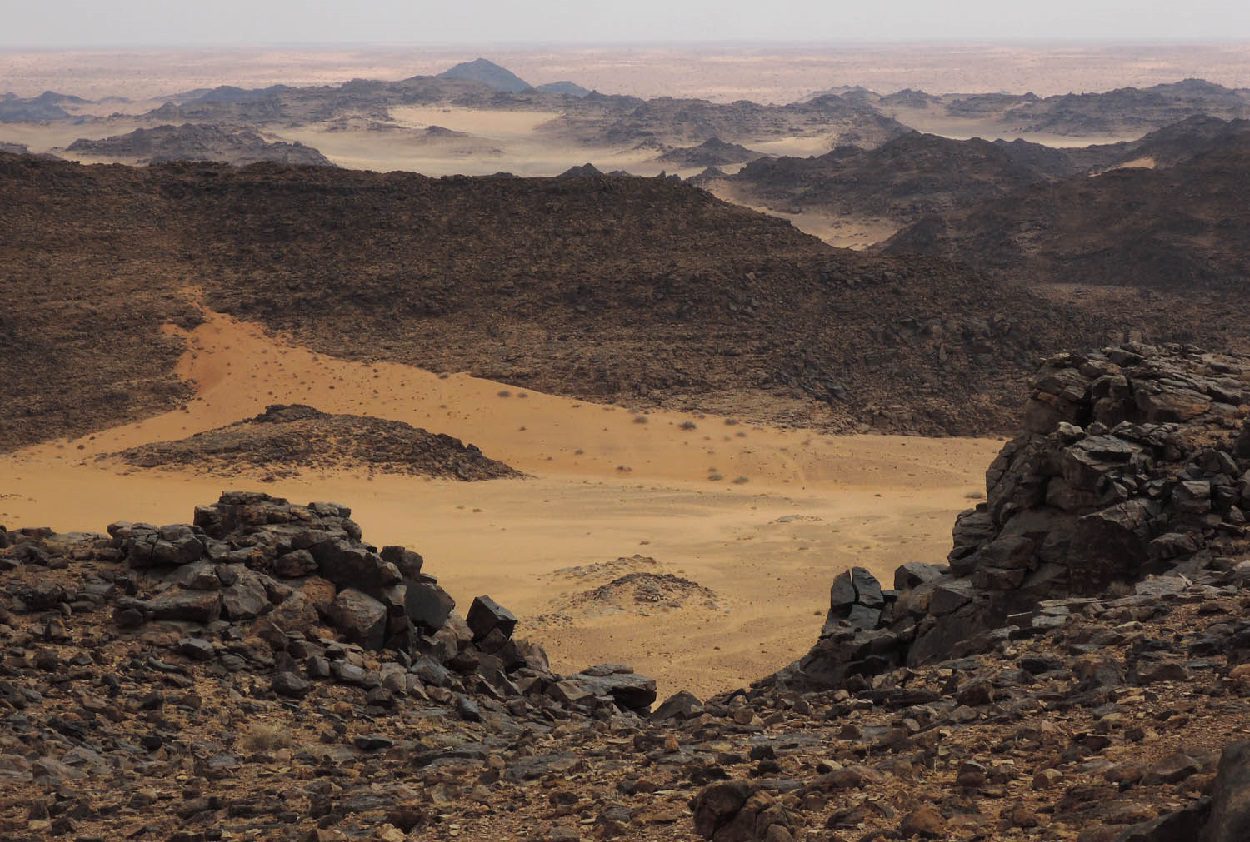Archaeologists have found engravings from between 7,000 and 8,000-years-ago that depict nearby desert kites, vast structures used to trap animals.
The ability to condense vast expanses of space onto a compact, two-dimensional surface marks a significant achievement in intelligent behavior, enhancing our comprehension of the conception and construction of kites.
In the 1920s, airplanes first discovered the existence of desert kites. These intricate archaeological formations consist of walls stretching up to 5km in length, converging into an enclosure with surrounding pits, designed to capture animals. The complete view of these structures can only be appreciated from an aerial perspective, highlighting a unique approach to representing space not commonly observed during that era.
Rémy Crassard of CNRS, Université Lyon, and colleagues, report two engravings that represent kites in Jordan and Saudi Arabia:
In Jordan, the Jibal al-Khasabiyeh area has eight kites. A stone with a representation carved with stone tools measuring 80 cm long and 32 cm wide was found nearby and dated to around 7,000 years ago.
Zebel az-Zilliyat in Saudi Arabia has two pairs of visible kites 3.5km apart. Here a massive to-scale engraving measuring 382 cm long, 235 cm wide was excavated and the depiction was reportedly pecked rather than carved, possibly with hand picks. This was dated to around 8,000 years ago.
The builders of the desert kites would have required detailed plans, considering that the entirety of the layout is difficult to comprehend without an aerial view. Previous evidence of plans for large structures has typically been in the form of rough representations, but these designs exhibit an exceptional level of precision.
While human constructions have been altering natural spaces for thousands of years, only a limited number of plans or maps predate the era of literate civilizations such as Mesopotamia and Ancient Egypt. These notable examples represent the oldest known scaled plans in the history of humanity.
Header Image Credit : Olivier Barge, CNRS. CC-BY 4.0







